The Sale of Personal Archives of Gabriella La Torre
SCARF DESIGNER FOR MAISON HERMÈS
DURING THE YEARS 1958 - 1968
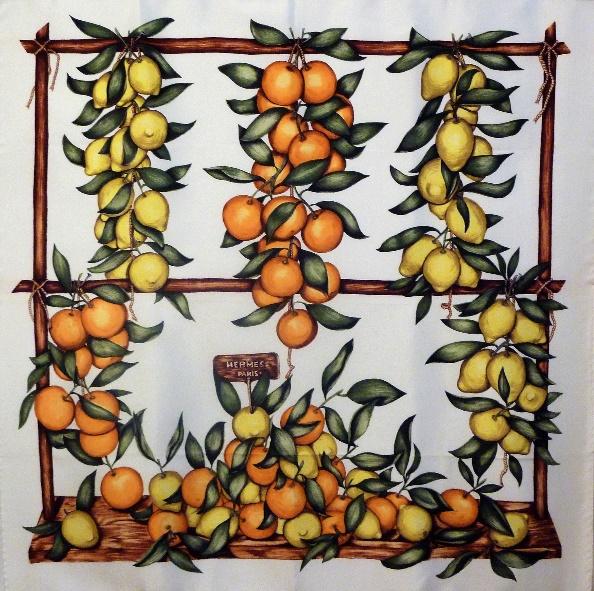
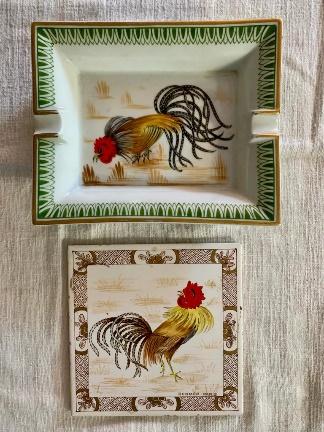

A Chance Meeting in Rome
It all began in 1957, in Rome, when two friends met for coffee.
One of them, Donna Maria Gabriella La Torre de Stampa, was already almost 65 years old and had devoted much of her life to a particular artistic activity: painting on porcelain.
A few months before her death in 1976, encouraged by her loved ones who were trying to preserve a precise record of this remarkable work, she estimated that she had created more than 18,000 pieces over a span of 50 years. And it was never a profession, a commercial activity (except on very rare occasions), but rather a way to bring joy to family, friends, those getting married, or celebrating a birth.
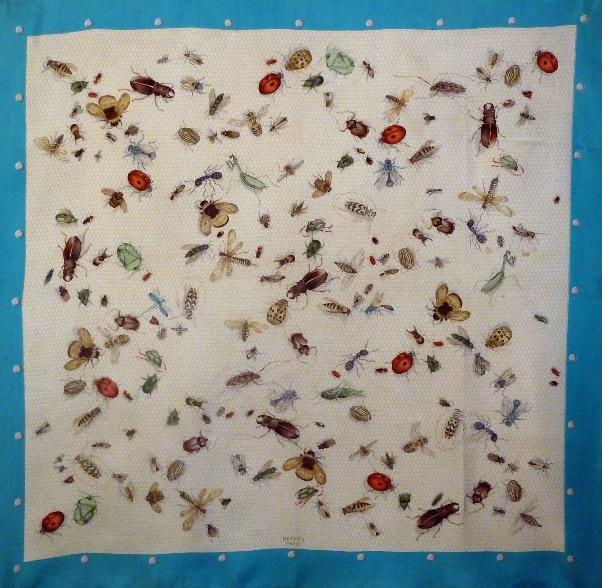
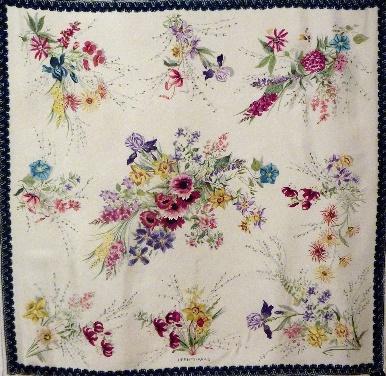


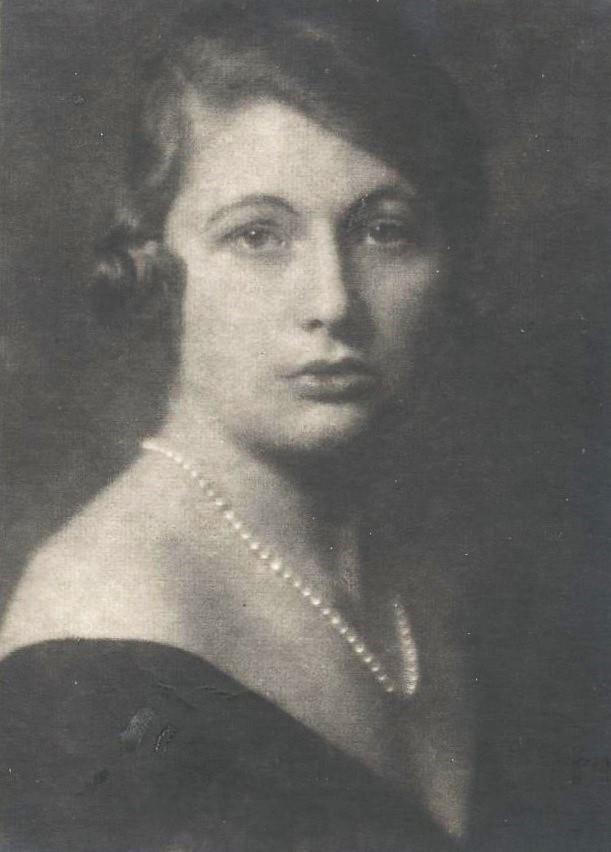
Coming from a Roman family where art was not excluded, Gabriella had begun this activity in 1920 after being a student in Milan of Master Cremona, one of the main references of the time.
As a young bride, she was tasked by her parents-in-law with redecorating and refurnishing the 75 rooms of the Villa del Gromo, in Mapello near Bergamo, where the family spent many months around summer. She became passionate about this mission, which led her to visit antique dealers not only in Italy but during her many travels to France, England, Germany, Switzerland, etc.
Very quickly, she built a personal collection of earthenware and porcelain, particularly those produced by defunct manufactories. Her level of expertise in this field became eminent.
Gabriella then launched into the production of porcelain services intended for the needs and members of the family. Notable is the “Service Gromo“, inspired by a Compagnie des Indes model, initially made for 18 place settings, but deemed insufficient and expanded to 36 place settings, now divided among her descendants.
Among the models that inspired Gabriella La Torre were those of the former Nyon Manufactory, in Switzerland, and in particular “Les Insectes” (The Insects), a subject she declined into coffee services and dessert plates.
It was precisely in one of these “Insectes” coffee services that in 1957, in Rome, these two friends took coffee. One, now, we know.
Jean R. Guerrand Discovers the Insects
The other was Jean R. Guerrand, one of the three directors of Maison Hermès. As often when his work brought him to the Italian capital, he came to greet his friend Gabriella.
And he discovered the finesse, the beauty, the universality of these little insects, precise, poetic, and never threatening. It was probably he who first had the idea of making a scarf project for Hermès from them.
At the age she had reached, Gabriella certainly did not imagine embracing a new career. But the idea appealed to her. Like a challenge. She accepted.
A year later, in 1958, “Les Insectes” took their place in the Hermès Spring-Summer Collection.
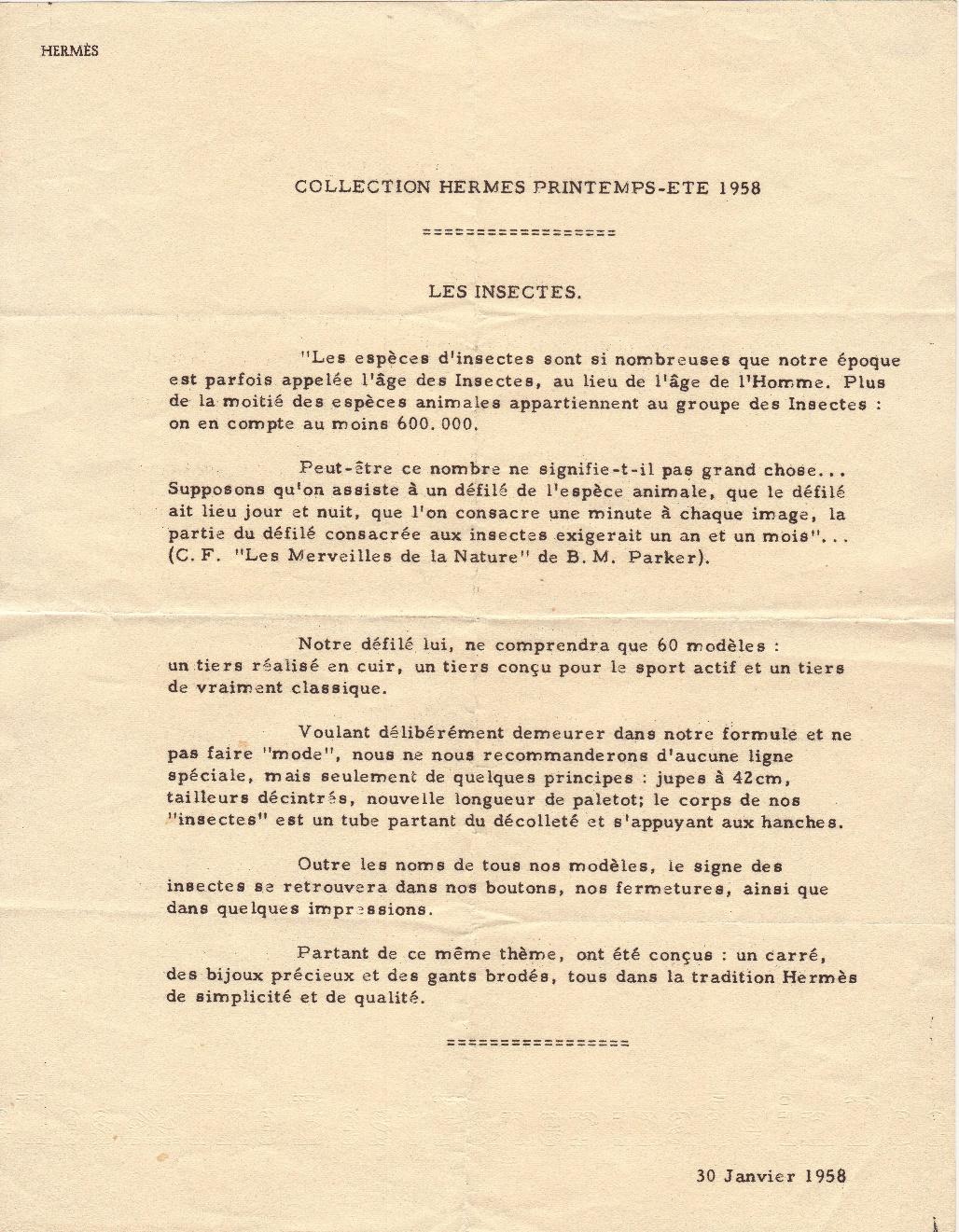



A New Direction for Hermès
The success of the “Insectes” range prompted Jean Guerrand to solicit his Roman friend again. Other models followed, some still inspired by the world of porcelain (Fleurs et Galons), others by nature (Oranges et Citrons, Les Cerises, Les Jeunes Coqs, Les Oiseaux de Paradis, etc.).
But all brought to Maison Hermès that touch of femininity and universality that was still lacking in a production very marked by its universe of origin: the horse, equestrianism, saddlery, and even purely military subjects.
Jean Guerrand seems to have clearly grasped the desire of the female clientele to display models less “leather and blades.”
The “Insectes” model was worn by Mireille Darc, Catherine Deneuve, and Bernadette Chirac. It is timeless and is regularly reissued.



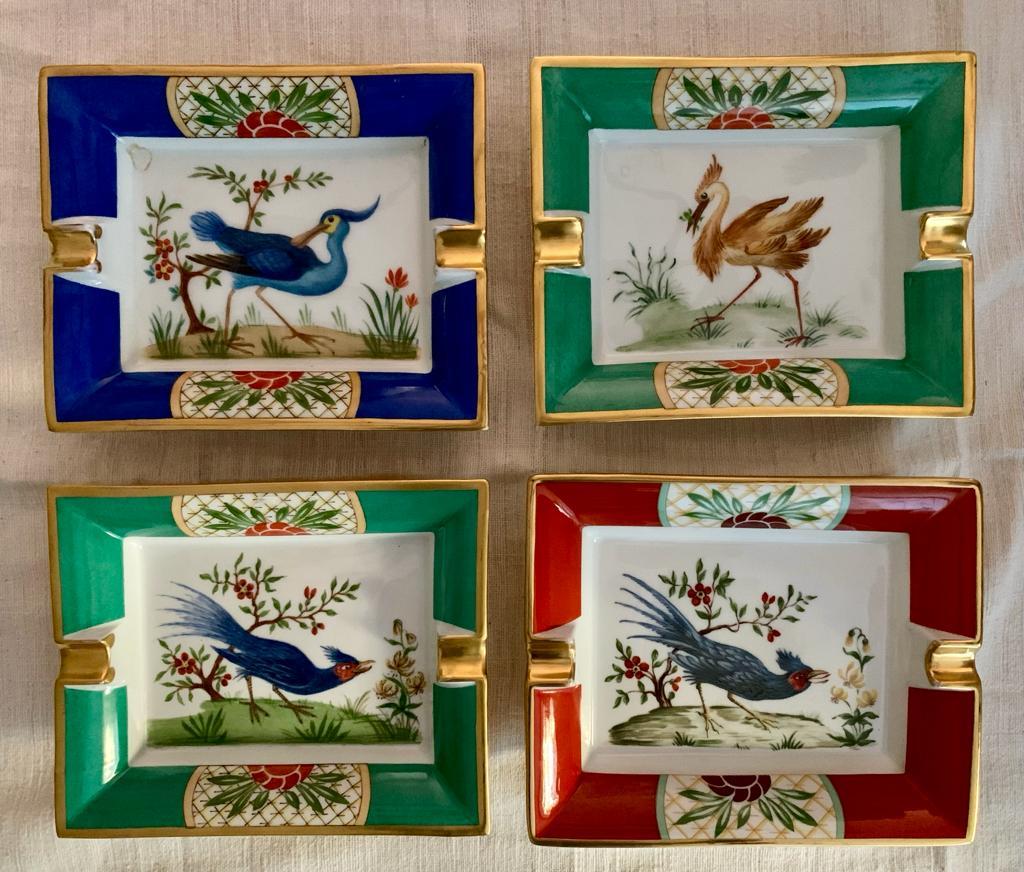
Preserving the Archives
At the beginning of the 2000s, Fabrizio, Gabriella’s son, noted the scattering of his mother’s works, her drawings, sketches, models, photo archives, etc., and especially the absence of a collection of pieces published by Maison Hermès.
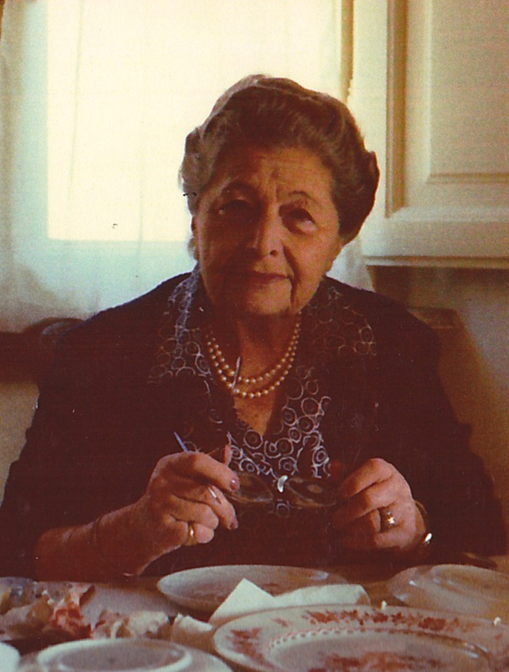
Aided by his nephew, François Bayle, he frequently purchased objects (scarves, sportswear, ashtrays, etc.) at auctions in France, Europe, or the USA. This allowed him to bring together the drawings and sketches with the models published from 1958.
Today, François Bayle, who is also curator and executor of Fabrizio La Torre’s photographic work, regretfully notes that Gabriella’s descendants, her great-grandchildren, have neither the time nor the space to take care of these memorial vestiges.
The time has therefore come to place these archives and the Hermès pieces to which they relate in an auction addressed to major collectors or cultural institutions.
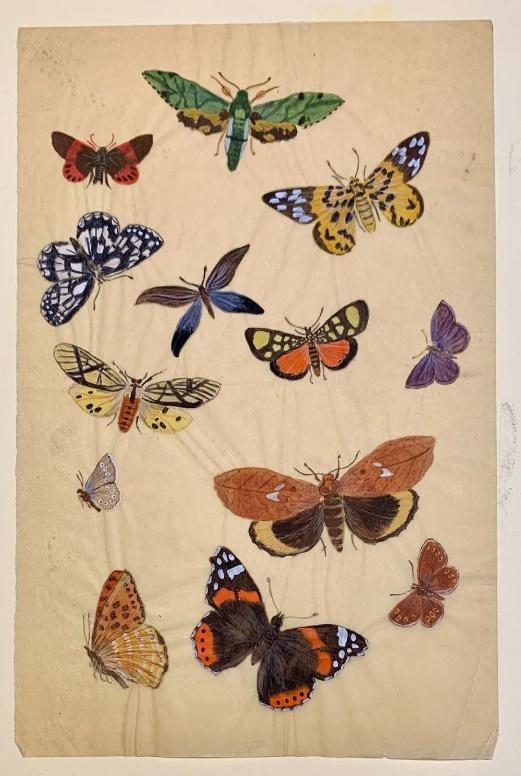


The Story of “Vieille Chine”

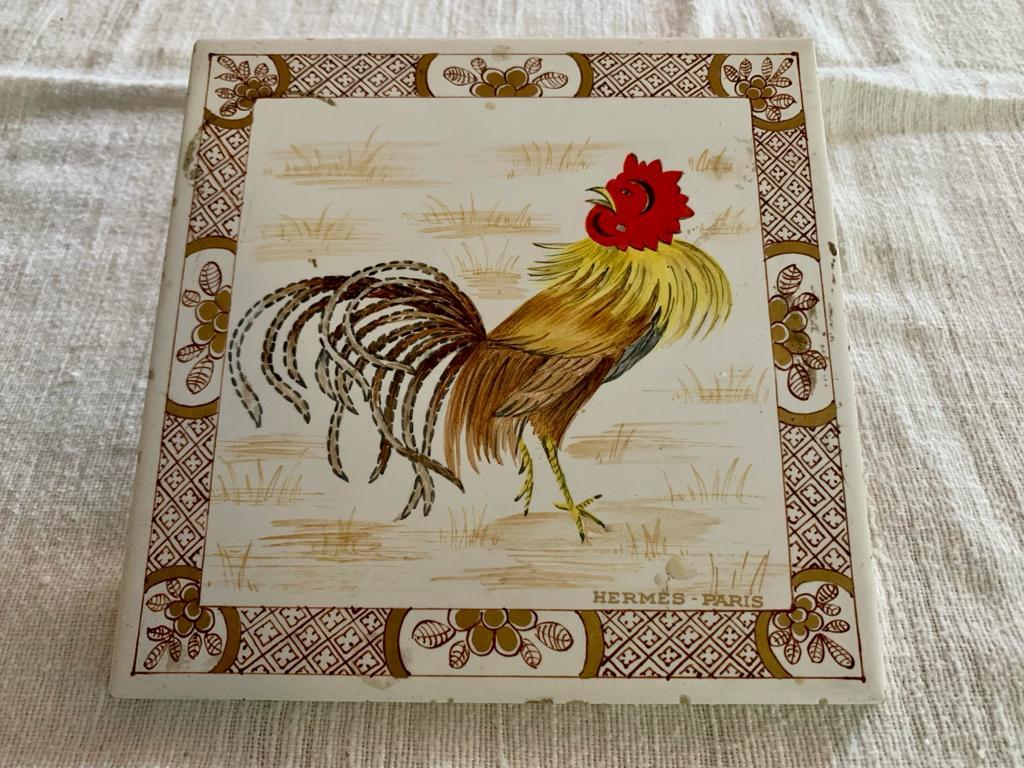


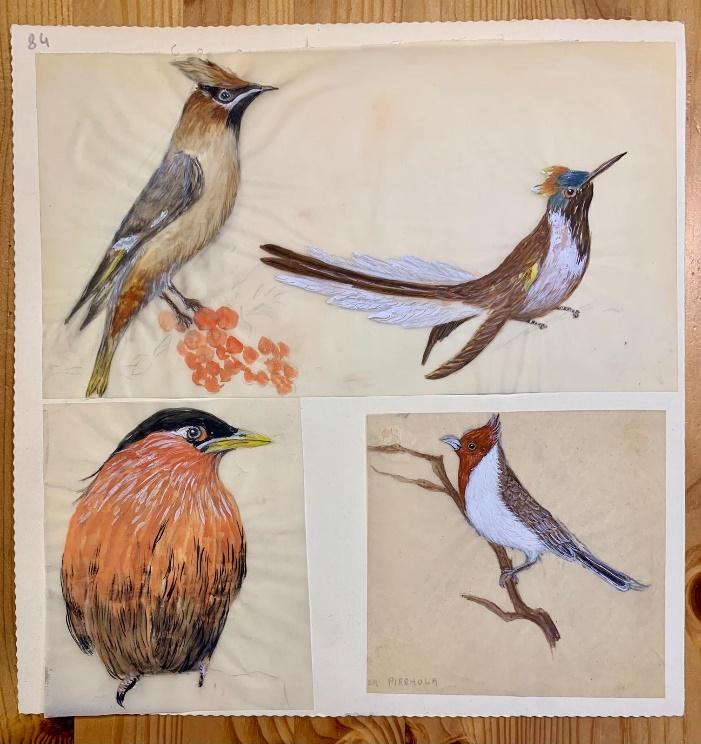
One of the graphic challenges of this upcoming sale will be to match the piece published by Hermès with the page of sketches, the cardboard, used by the artist to develop her work.
A Special Case Must Be Mentioned
The model named by Hermès “Vieille Chine” (Old China).
In the catalog of the venerable Maison du Faubourg Saint Honoré, there was rarely such a titling error!
The story deserves to be told: between 1956 and 1961, Fabrizio La Torre, Gabriella’s son, resided in Bangkok, where he held the position of administrative director of a young Italian-Thai company, Italthai.
In those years, Fabrizio was still fully invested in the photographic work he had been pursuing since the end of the war, which had seen him produce photographs of very great artistic significance both in Rome and Italy and in the course of his travels to North America (New York, California, Canada) and South America. His photos on Asia and particularly on Thailand were the subject of an important retrospective in Bangkok in 2018-19 and the publication of a book (Bangkok That Was, Serindia Editions).
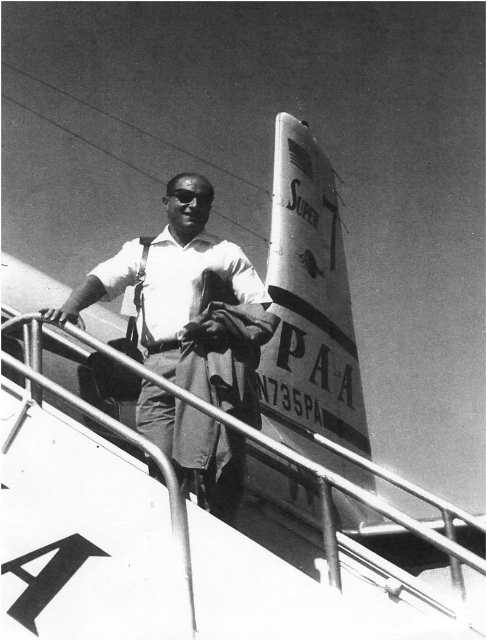
Fabrizio La Torre was not content to be the photographer witness of the daily life of the Thai people, as he had captured the most spontaneous moments of children in the streets of Rome or the universal good nature of small shopkeepers who proudly displayed their treasures even on the sidewalk to better seduce passersby.
He was also passionate, a family heritage, about all forms of art he could find there. Having become the friend of a Tuscan, Corrado Feroci, appointed by the King as Director of the National Museum, he obtained from him permission to photograph ancient lacquered furniture on which anonymous artists had painted in fine gold the traditional scenes of Buddha’s life.
But the two Italians quickly made a major artistic discovery: on this ancient furniture, as long as religious motifs were treated with scrupulous orthodoxy, artists were free to “fill” the vacant space with what pleased them: scenes from the daily life of the Siamese people or floral compositions of superb delicacy.

Fabrizio was quick to discover a remarkable panel, which immediately gave him an idea. He “shot” it and, back in Rome, had it printed and glued on wood, before offering it to his mother. Without any comment. After a few weeks, Gabriella too was convinced: barely reworked, this motif would make an extraordinary scarf for Hermès!
She tackled it and very quickly the project was presented to Jean Guerrand. And Hermès agreed to publish it. With a small detail that, at the time, went somewhat unnoticed: its title.

Maison Hermès then thought it judicious to name it “Vieille Chine” (Old China), which, in those times, did not bother anyone. But times change. Proud to be a country that was never colonized, Thailand has progressively given itself the means to explore and honor its history, culture, and arts, without denying the splendors with which Nature has endowed it.
The piece of furniture from which this motif is extracted has been the subject of meticulous restoration and now sits proudly in a richly renovated pavilion of the National Museum of Bangkok. Out of the question, no longer question! to give this motif Chinese paternity. This is why Maison Hermès decided to no longer publish it, not to expose itself to the reproach of cultural appropriation, and to let the beneficiaries of Gabriella and Fabrizio La Torre find new ways of re-issuing it in Thailand.
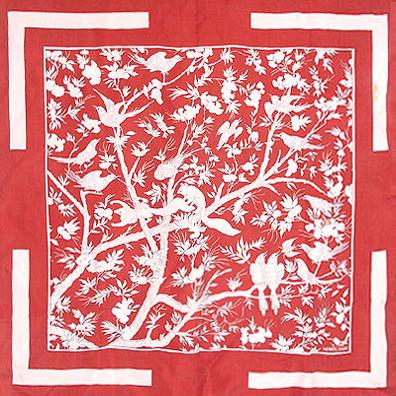
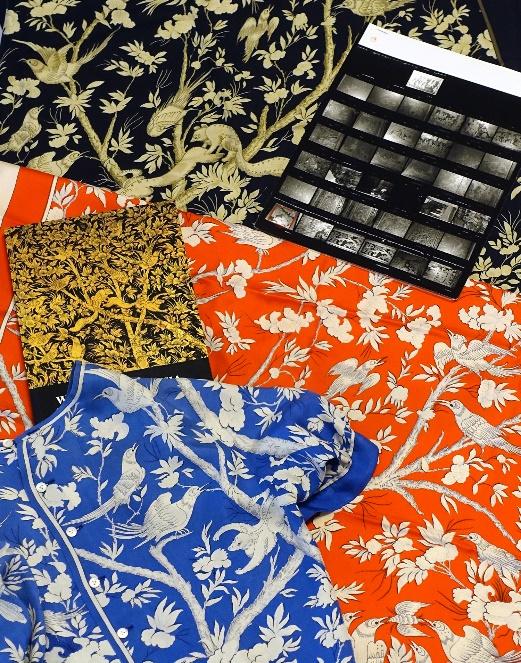
Preserving the Legacy
By choosing to present these archives of the artist Gabriella La Torre and these pieces published by Maison Hermès in auction, Gabriella’s beneficiaries intend to favor the preservation of this work, within large collections or French, Italian, or international cultural structures, in order to guarantee its sustainability and public access.
Like so many other artists, Gabriella brought her talent and creativity to Maison Hermès. She did it in the name of friendship, but also in the name of the enthusiasm one feels at the idea of collaborating with this House that has erected art and excellence into a permanent exercise.
Gabriella La Torre, it’s a small story in the immense saga of Hermès. But as often with Hermès, it’s a beautiful story, human and talented.
Original article in French by François Bayle for Brussels Art Edition. Mail: franbayle@brussels-art-edition.eu
